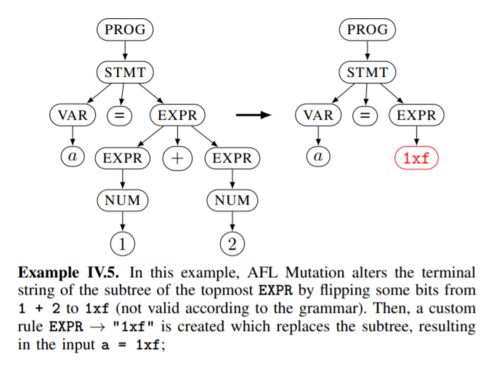Content:
Catching a school of grass carp can be an exhilarating and rewarding experience for any angler. These robust fish, known for their size and fighting spirit, are a popular target for both recreational and competitive anglers. If you're looking to master the art of catching grass carp in groups, here are some proven fishing techniques that can help you land a school of these magnificent fish.
Understanding Grass Carp Behavior
Before delving into the fishing techniques, it's crucial to understand the behavior of grass carp. These fish are bottom feeders and are typically found in shallow waters, where they graze on aquatic vegetation. They are known for their voracious appetites and can be quite aggressive when it comes to feeding. Knowing this, you can tailor your approach to their habits.

Choosing the Right Equipment
Rod and Reel: A medium-heavy action rod with a fast taper is ideal for grass carp. The rod should be at least 7 to 8 feet long to provide the leverage needed to land a large fish. A quality baitcasting reel with a smooth drag is essential to handle the fight.
Line: Use a monofilament line with a breaking strength of 12 to 20 pounds. Braided line can also be effective, but it can be more visible to the fish, so use it with caution.
Hook: A large, strong hook, such as a 3/0 to 5/0, is necessary to handle the size of grass carp. The hook should be a sturdy design that can withstand the fish's strong jaw and sharp teeth.
Bait: Grass carp are primarily vegetarian and feed on aquatic plants. Live bait such as nightcrawlers, earthworms, or crickets can be highly effective. Artificial baits like soft plastics, jigs, or even bread can also work well.
Locating Schools of Grass Carp
Waterbody Choice: Grass carp are often found in lakes, reservoirs, and ponds with abundant aquatic vegetation. Look for areas with thick stands of submerged plants, as these are prime feeding grounds.
Time of Day: Early morning or late afternoon are the best times to fish for grass carp. These are when the fish are most active and feeding.
Boating: If possible, use a boat to access areas that are more likely to hold schools of grass carp. A jon boat or a small pontoon can be effective for navigating shallow waters.
Fishing Techniques
Drop Shot Technique: This technique involves dropping a baited hook vertically down to the bottom and then slowly retrieving it. The grass carp will often follow the bait and strike when it's near the bottom.
Sliding Bait Technique: Cast your bait out and allow it to slide along the bottom. Grass carp are attracted to the movement and vibration created by the bait.
Topwater Fishing: In some cases, grass carp can be caught on topwater lures. Cast the lure into the area with aquatic vegetation and work it in a erratic pattern to mimic a struggling prey.
Still Fishing: If the fish are particularly spooky, try still fishing. This involves casting out your bait and leaving it in place without any movement. Sometimes, the patience pays off.
Bait Placement: When using live bait, it's important to place the hook in the bait's natural feeding position. For example, when using a nightcrawler, thread the hook through the middle of the worm to keep it moving naturally.
Casting and Lining Up
Casting: Cast your bait directly into the area where you've seen signs of grass carp activity. If you're using a boat, approach the area slowly and cast to spots where the water is slightly deeper, as these areas can attract the fish.
Lining Up: Once you've cast your bait, wait for it to reach the bottom. If you're using a live bait, let it settle on the bottom and then begin to slowly retrieve it. If you're using an artificial bait, work it in a slow and deliberate manner.
Handling and Safety
Landing the Fish: Once you've hooked a grass carp, be prepared for a strong fight. Use a net to help land the fish, and be mindful of its size and strength.
Safety: Always prioritize safety when handling large fish. Wear gloves and use a good fighting belt to protect yourself from injury.
Conclusion
Catching a school of grass carp requires patience, skill, and the right approach. By understanding the fish's behavior, choosing the right equipment, and employing effective fishing techniques, you can increase your chances of landing these magnificent creatures. Remember to respect the fish and the environment, and enjoy the experience of fishing for these unique and challenging fish. With practice and perseverance, you'll become a master at catching grass carp in groups.












